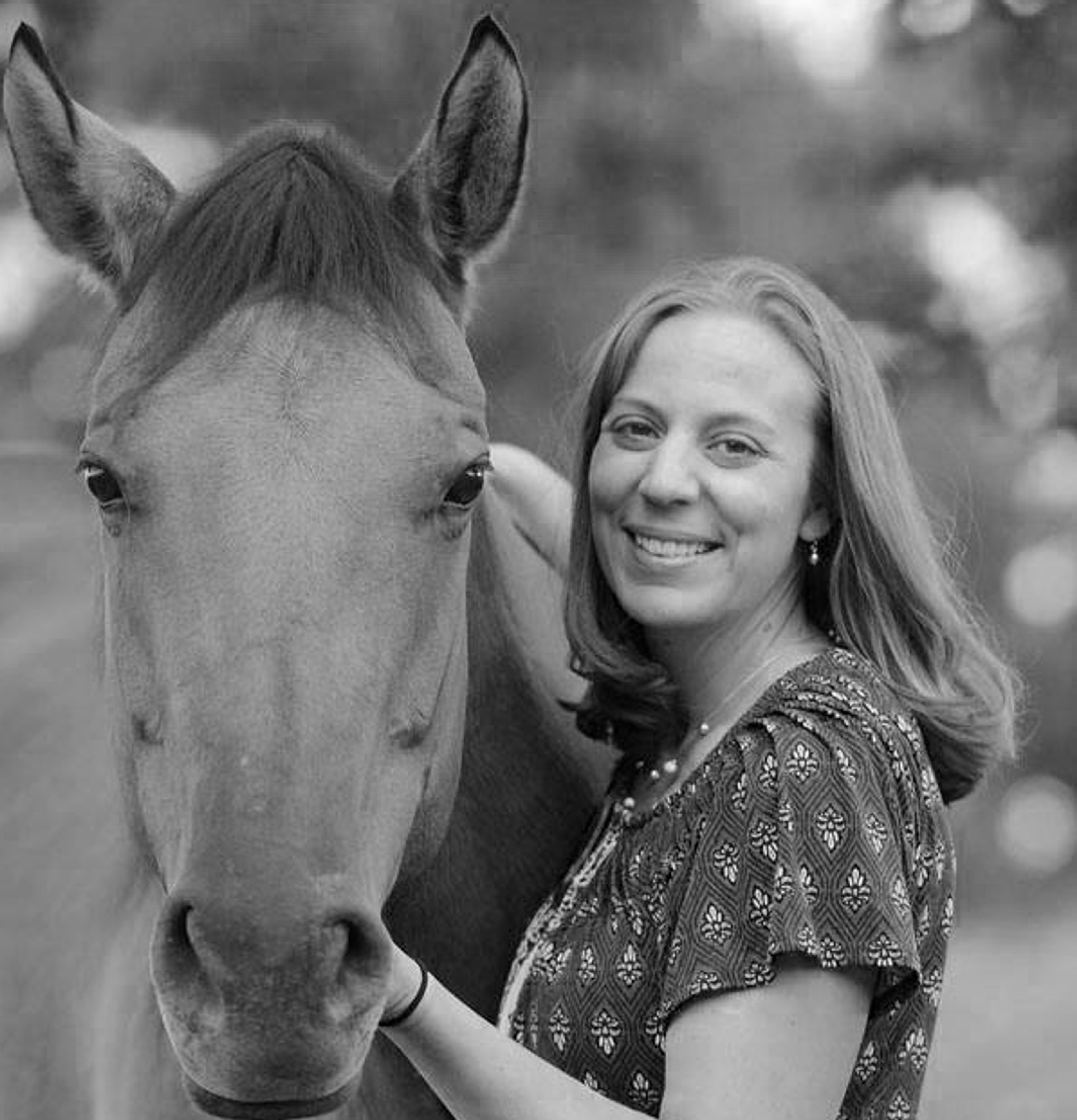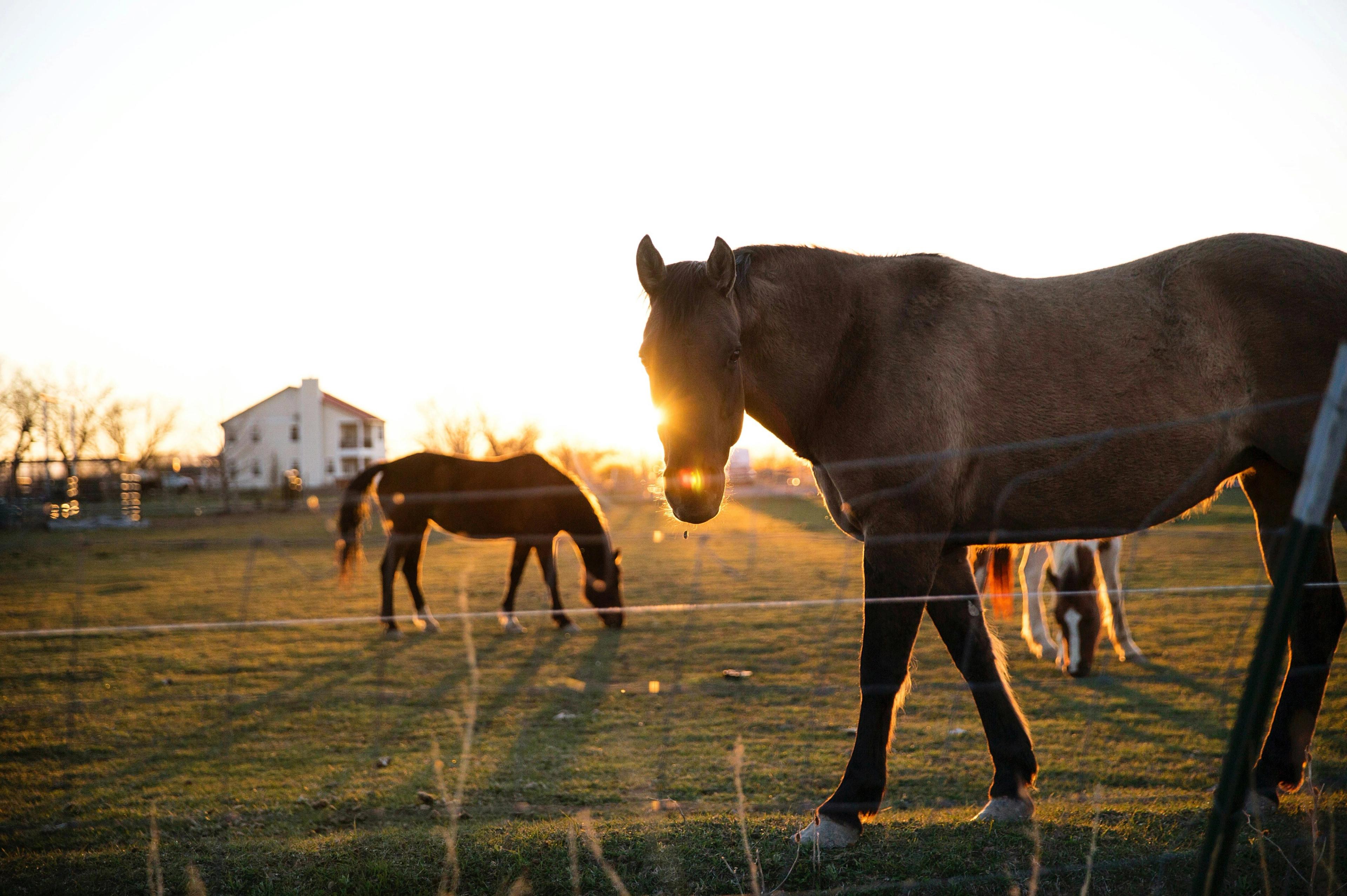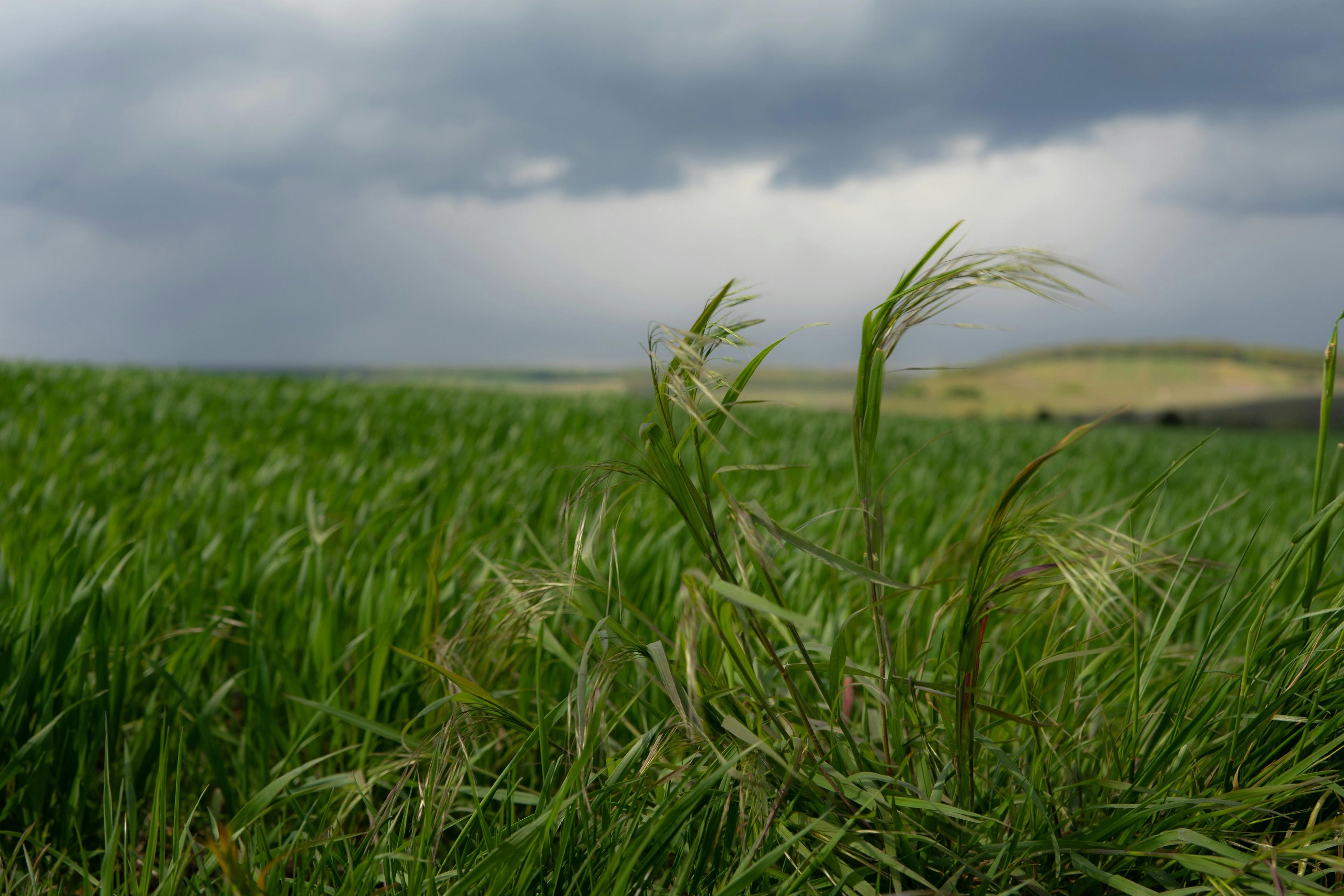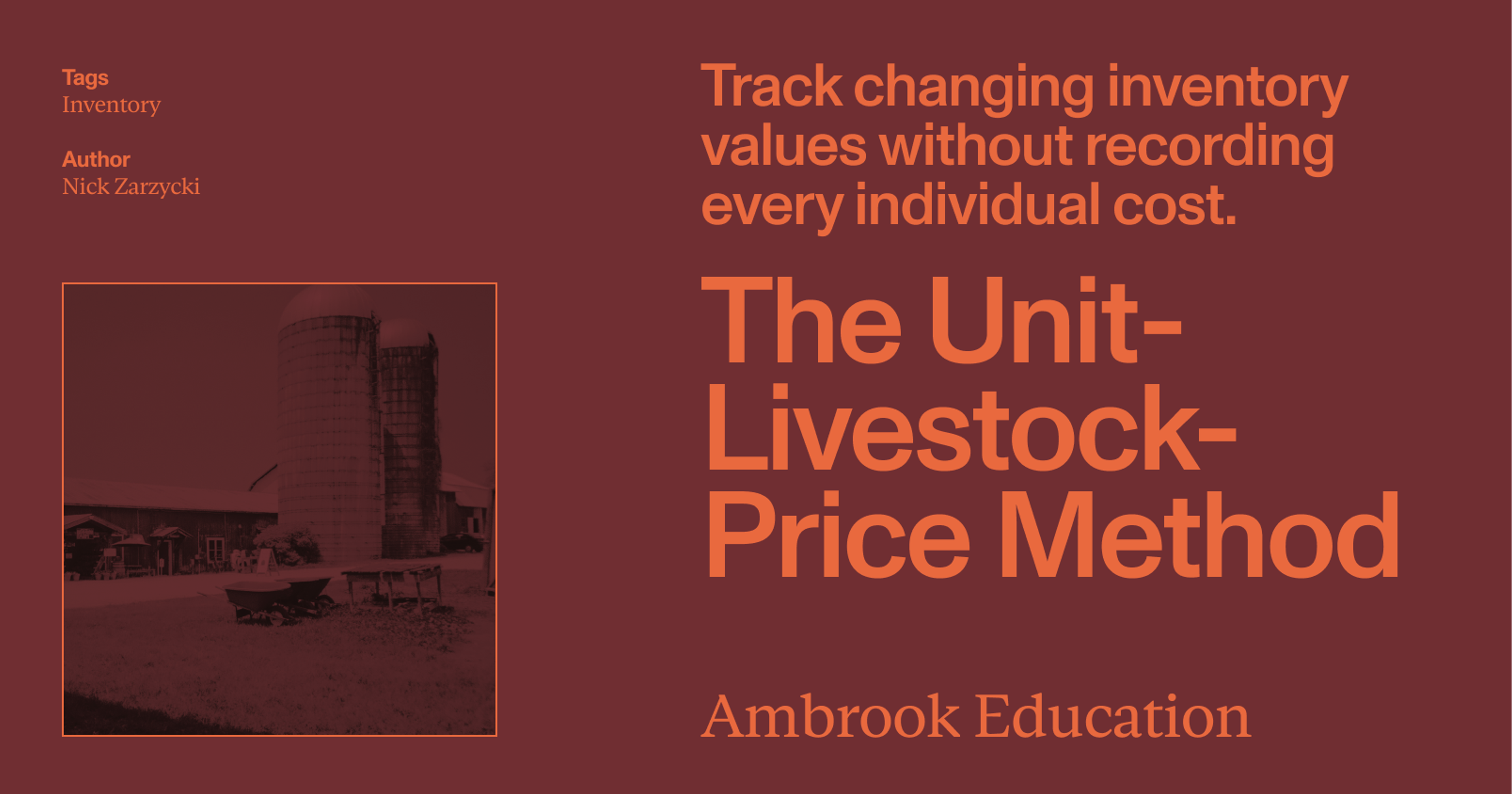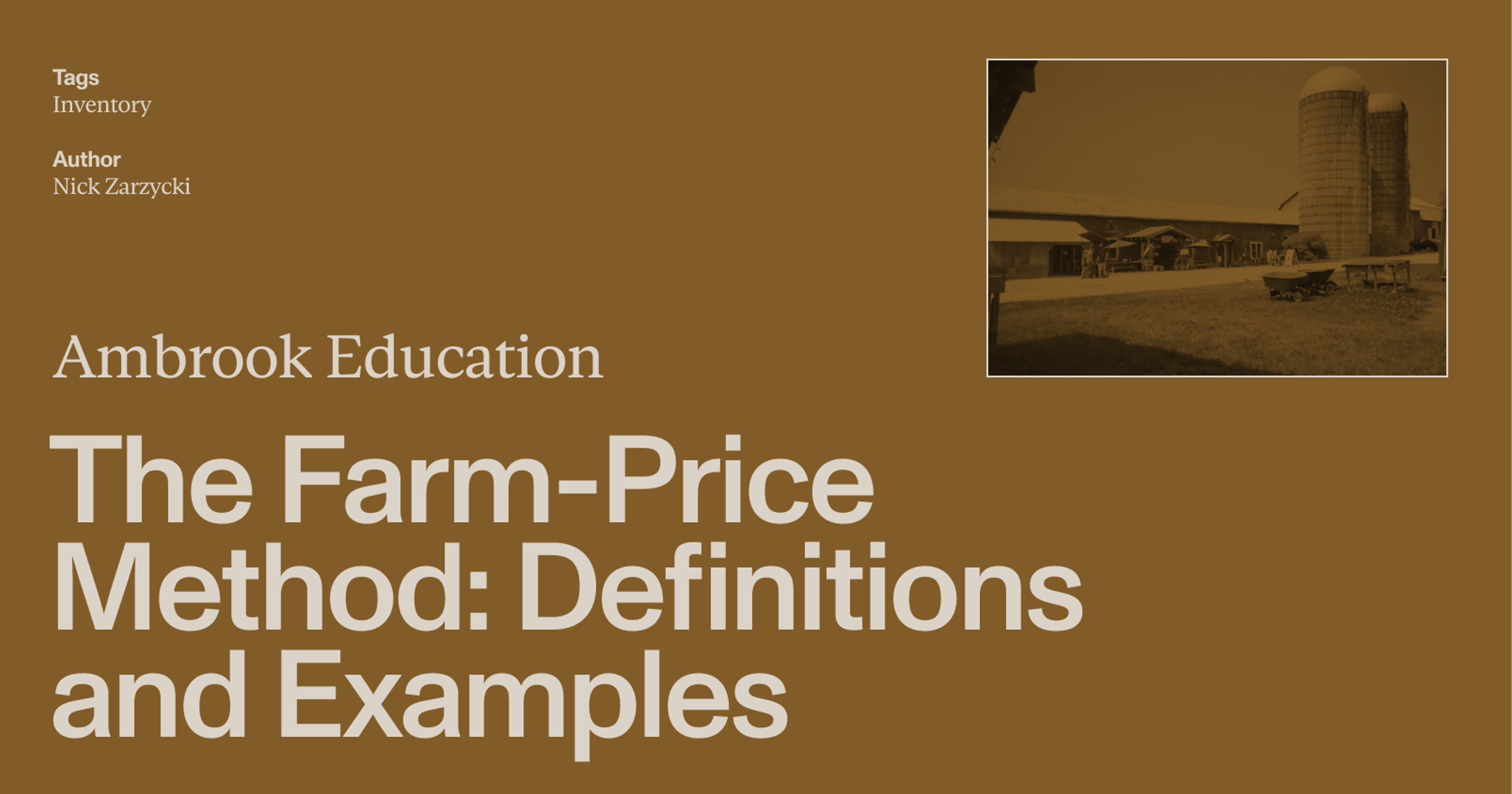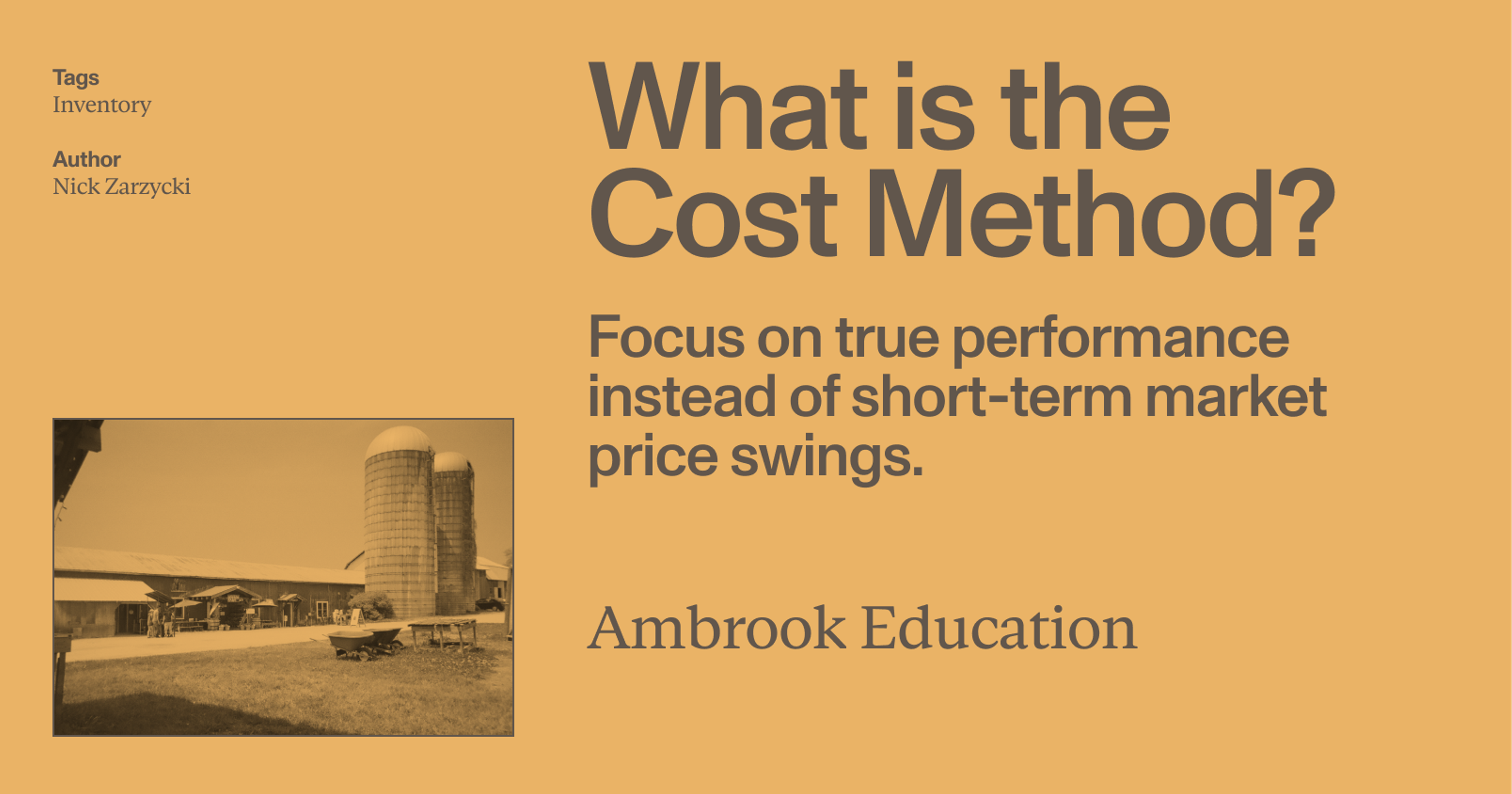Equine insurance helps protect owners from devastating financial losses. But before you buy a policy, you’ll want to know what types of coverage exist and what’s included.
Horses are masters at getting hurt, and can wrack up vet bills despite the best care and ideal living conditions. A single colic surgery can cost $7,000 or more, while a tendon injury may require months of expensive treatment and rehab. Sometimes, a horse dies unexpectedly from an injury, a freak accident, or illness.
Equine insurance helps protect owners from devastating financial losses due to veterinary bills or the death of a horse. But before you buy a policy, you’ll want to know what types of coverage exist, what’s included, and when it makes sense to invest.
What does equine insurance cover?
This depends on your policy, which can vary a lot depending on the needs of your operation. Equine insurance companies can suggest policies that reimburse you for the insured value of a horse if it dies or is stolen, veterinary expenses for accidents, illnesses, or surgeries, or infertility in breeding stallions. Policies can also cover expenses if your horse injures someone or damages property, and offer protection if a horse in your care becomes injured, ill or dies.
Where can I buy equine insurance?
Much like homeowners’ or auto insurance, horse insurance policies are sold through companies or brokers. An online search for “Where can I buy horse insurance policies” or “Equine insurance” can reveal numerous options locally and nationwide.
Membership-based organizations, such as breed associations and Farm Bureaus, offer member benefits that include access to equine insurance specialists to streamline the process and potentially discounted rates.
Types of equine insurance
There are several types of horse insurance available to farmers and ranchers. Each offers different types of coverage based on your needs, the value of your horses, and their role in your operation. Some of the most common policies include:
Mortality/theft insurance
Mortality insurance is a type of life insurance policy specifically designed for horses and is the most basic coverage available. Animal mortality policies are renewed annually, and the policy value is usually equal to the horse’s purchase price. Valuation may increase with training, a show record, and/or breeding income.
Depending on the policy, there may be two options: Full coverage and limited coverage.
Full coverage is comprehensive and includes acts of God (for example, storms, lightning strikes, floods, etc.) and humane euthanasia.
Limited coverage offers a narrower scope of reimbursement for death and can be a solid option if you’re on a budget.. These policies usually include coverage of theft, weather-related and travel-induced death. Policies vary, so it’s important to ask what is and isn’t included.
When a horse dies or is stolen while insured, the policy reimburses you for the insured value of the horse. Death due to neglect or abuse is not covered. Other exclusions may also apply; making it essential to read the policy carefully before making a purchase.
Many mortality policies also include colic surgery coverage with options ranging from $5,000 to $15,000, depending on the plan.
What’s the cost: Usually, the cost is a percentage range of your horse’s insured value (typically ranging between 2.9 - 3.6%). Premiums are based on the horse’s age and increase over time.
For example, a mortality policy for a horse insured for $10,000 costs $290–$360 per year on average.
When it makes sense: The cost to replace a horse, even recreational trail horses, can be high. A mortality/theft policy can make it more feasible to buy another horse. Because colic can happen to a horse of any value, the added colic surgery benefit can be reason enough to purchase a policy.
Major medical insurance
Equine major medical insurance is similar to the medical insurance that businesses offer their employees. These policies cover diagnostics, treatments, and hospitalization, as well as surgery, including colic. Before an insurer issues a major medical policy, they will require the purchase of a mortality/theft policy.
Major medical policies cover any condition that requires veterinary treatment. It includes sicknesses such as EPM (Equine Protozoal Myeloencephalitis), Anaplasmosis, Potomac Horse Fever, and others. It also covers injuries, lameness (most diagnostics and treatments), and conditions that require surgery.
Exclusions may apply. For example, once a horse is treated and the condition is resolved, the horse becomes ineligible for coverage of a second diagnosis of the same condition or disease. It also excludes routine care costs, alternative treatments such as acupuncture, chiropractic, and elective surgeries.
A significant benefit of these policies is the option to add colic surgery coverage. A $10,000 major medical plan may offer up to $10,000 for colic surgery that can be stacked on top of the colic surgery benefit provided through a mortality/theft policy. Combined, that can dramatically reduce out-of-pocket expenses.
Once a policy is issued, you must provide any care necessary to save the horse. If a horse requires colic surgery, but you choose to euthanize, the company is not obligated to pay on the policy. If all efforts to save the horse are made and the horse does not survive, then you will be paid under the policy.
What’s the cost: Premiums are pre-determined by the equine insurance carrier based on the policy limit you select. They can start around $200 annually and exceed $600 annually depending on the policy. Important note, major medical policies have deductibles, and some may have co-pays, that vary based on the selected plan.
When it makes sense: Vet bills can add up quickly for any horse—even a “free” horse. If peace of mind is important, this is a good policy to consider.
Stallion infertility due to accident, sickness, or disease
Breeding stallions can represent a significant revenue stream for farms and ranches. Infertility insurance can cover the loss if a stallion can no longer reproduce. Before a policy is issued, the insurer will require a veterinary exam to ensure the stallion’s genitalia are satisfactory for breeding.
Stallions may also be eligible for accident, sickness or disease policies (ASD), which are similar to disability insurance for humans. ASD policies provide reimbursement for an inability to “work.” For stallions, that’s serving mares.
These policies take effect if a stallion suffers an injury—such as to the hock or stifle—that prevents him from mounting a phantom or producing semen due to pain. They also apply if a proven breeding stallion contracts a disease like Pigeon Fever that results in permanent sterility. Even conditions such as severe colic requiring castration to save the horse’s life would be covered, since fertility is lost as a direct result. The coverage does not cover congenital issues.
Broodmares are ineligible for infertility policies. However, a mortality policy would cover their death during the breeding and/or foaling process. Mares may also be eligible for major medical or accident, sickness, or disease policies. Consult with an equine insurance carrier for details.
What’s the cost: The cost ranges between 0.5% and 6% of the stallion’s value. Rates depend on multiple factors like age, performance, and insurance company.
When it makes sense: Stallion fees generate significant revenue for your farm or ranch and/or if the stallion is of high value due to his bloodlines, performance history, and progeny performance.
Loss of use
Loss of use policies cover a horse that can no longer be used for its intended purpose due to injury or illness. This coverage can be pricey, and the insurance company may require periodic check-ups to evaluate if the injury is healing.
What’s the cost: Varies by insurance carrier but it is typically 2.5% - 3.5% of the horse’s insured mortality value.
When it makes sense: When you have a high value show horse or one that is integral to your operation.
Prospective foal insurance
Foals in utero can qualify for insurance to guarantee reimbursement if the foal does not survive. Policy terms are set by the insurance carrier and can vary in terms of when coverage kicks in during the gestation period and how long it covers the foal after its delivery.
What’s the cost: For the most accurate estimation, contact an insurance carrier.
When it makes sense: Situations where significant investments have been made into stud fees and veterinarian costs, such as standard embryo transfers and the advanced in vitro fertilization technique known as intracytoplasmic sperm injection (ICSI).
Other types of insurance to consider
In addition to policies that cover a horse for mortality and medical scenarios, there are two important types of insurance to consider.
Liability insurance for individual horse owners
Liability insurance for individual horse owners covers situations where someone is hurt by your horse or if your horse damages property other than your own. Some homeowners’ policies exclude horses, so a personal equine liability policy for individual owners can cover the gap. Equine businesses need a commercial liability plan tailored to the nature of their work, be that training, lessons, boarding, trail riding, etc.
When it makes sense: Everyone who owns or handles horses should consider liability coverage. Accidents happen. Horses, even the most well-trained and well-mannered, are animals that can spook, get loose, or unintentionally harm another person.
Anecdotally, if someone visits an urgent care, emergency room, or primary care doctor for a horse-related injury (even a minor one such as a broken finger or bruised foot from a stomp), an individual’s health insurance may deny coverage and push liability onto the horse owner.
Care, custody, and control insurance (CCC)
CCC policies provide protection for those who are caring for horses they don’t own. Common examples include boarding facility owners and trainers. However, it can also apply to rehab centers, trail riding strings that lease horses, or any professional who cares for horses. CCC covers your legal responsibility if a horse in your care becomes sick, is injured, or dies.
When it makes sense: Any situation where you are caring for someone else’s horse on your own property.
Other important policy information
Equine insurance policies renew once a year and end on a set date. For example, a policy that begins on January 1, 2026, will end on January 1, 2027. Since horses can get sick or injured at any time—even right before a policy expires—it’s important to have an extension in place.
Extension options:
90-day extension: Covers claims for only three months after the policy ends. This is limited protection. For example, if a horse develops laminitis near the end of coverage, you’d have just 90 days to file a mortality claim.
12-month extension: Provides a full year of coverage after the policy expires, offering more protection.
Guaranteed renewal endorsement: The most comprehensive option. It ensures your policy is renewed no matter what, gives at least 12 months of coverage (often longer), and prevents the insurer from adding exclusions or restrictions on mortality claims.
Questions to ask an equine insurance company
Because there are many types of equine insurance options, it’s helpful to prepare a list of questions for when you meet with an equine insurance broker. In addition to asking about costs, these questions can help identify which policies make the most sense for you.
What types of equine insurance do you offer (mortality, major medical, loss of use, liability, etc.)?
How is my horse’s value determined for mortality coverage?
What is the process for increasing coverage as my horse increases in value?
Are there deductibles or co-payments? If so, how do they work?
Are there policy limits per condition or per year?
What exactly is covered under this policy?
What is not covered (exclusions or limitations I should know about)?
Is colic surgery included, and if so, up to what amount?
What documentation do I need to file a claim?
How quickly are claims paid once approved?
Do I need pre-authorization before pursuing certain treatments or surgeries?
Which insurance companies do you work with and how are they to work with in the event I need to use my policy?
Do you have experience handling claims for horses in my discipline or use (e.g., show, breeding, ranch work)?
Ambrook puts a premium on your farm’s finances
Ambrook makes it easy to track insurance premiums and deduct them from your taxes. Our pre-built horse industry chart of accounts also covers everything from stud fees and training income to veterinary expenses and feed costs.
Plus, with time-saving bookkeeping automation features, automatically-generated financial reports, streamlined bill pay and invoicing, and other powerful accounting and financial management tools, Ambrook doesn’t just make expense and revenue tracking simple: it takes the guesswork out of running your business.
Want to learn more? Schedule a demo today.
Want to learn more about Ambrook?
This resource is provided for general informational purposes only. It does not constitute professional legal advice and may not apply to your specific situation. Consult with professional legal counsel before making any decisions about business structure or liability.
